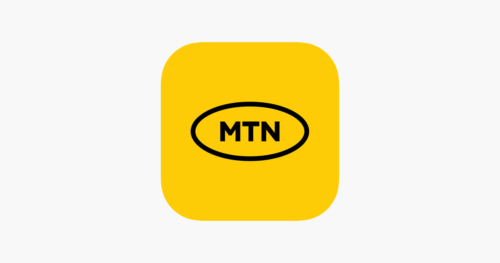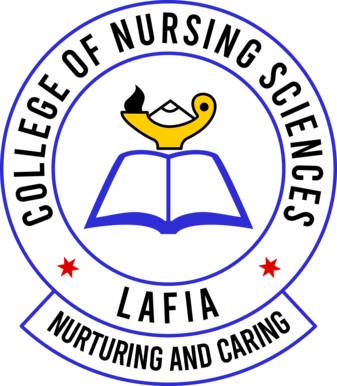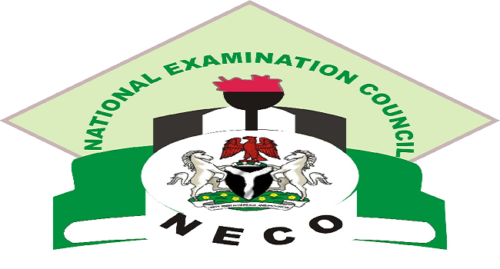Computer Science keypoints: Application areas of ICT; Information and Communication Technology (ICT) has become an integral part of modern society, transforming the way we live, work, and communicate. In this comprehensive introduction, we will explore the diverse application areas of ICT and delve into the various ICT-based devices that drive these applications.
Computer Science keypoints: Application areas of ICT
Application Areas of ICT
(i) Define Application Areas of ICT:
- Teleconferencing: ICT facilitates real-time audio and video communication, allowing individuals or groups to conduct meetings and conferences remotely. For example, businesses often use platforms like Zoom and Microsoft Teams for virtual collaboration.
- Video Conferencing: This application involves the transmission of live video and audio, enabling face-to-face communication in a virtual setting. Platforms like Skype and Google Meet are widely utilized for remote discussions and interviews.
- Telecommuting: ICT supports remote work by providing the necessary tools for employees to perform their tasks from home or other locations. Virtual private networks (VPNs) and collaboration platforms like Slack contribute to seamless telecommuting experiences.
- Telecomputing: This encompasses the use of ICT for remote computing tasks, including data processing and storage. Cloud computing services like Amazon Web Services (AWS) and Microsoft Azure exemplify the telecomputing application.
- Messaging: ICT plays a crucial role in instant messaging and email communication. Applications like WhatsApp, Slack, and Gmail are instrumental in facilitating quick and efficient exchange of messages.
- Information Search, Retrieval, and Archival Systems: ICT enhances information management by providing efficient systems for searching, retrieving, and archiving data. Search engines like Google, document management systems, and digital archives are prime examples.
- E-Learning: With the advent of ICT, education has evolved into e-learning platforms. Websites like Coursera, Khan Academy, and virtual classrooms leverage ICT to deliver educational content online.
- Telemedicine: ICT contributes to remote healthcare services through telemedicine applications. Platforms like Teladoc enable patients to consult with healthcare professionals via video calls, improving accessibility to medical expertise.
- E-Commerce: The online buying and selling of goods and services are facilitated by ICT. E-commerce platforms like Amazon, eBay, and Alibaba revolutionize the retail industry by providing virtual marketplaces.
- E-Government: ICT is employed to enhance government services and interactions with citizens. Online portals for tax filing, government information dissemination, and digital voting systems exemplify the application of ICT in e-government.
- E-Library: Digital libraries utilize ICT to provide electronic resources such as e-books, journals, and databases. Platforms like Project Gutenberg and digital library catalogs demonstrate the accessibility and convenience offered by e-libraries.
ICT-based Devices
(ii) List Types of ICT Devices:
- Mobile Phones: Smartphones are ubiquitous devices that integrate various ICT capabilities, including communication, internet access, and numerous applications.
- Computers: Personal computers, laptops, and tablets are fundamental ICT devices used for various purposes, from work and education to entertainment.
- Automated Teller Machines (ATM): These devices combine ICT to facilitate banking transactions, allowing users to withdraw cash and perform other financial activities.
- Dispensing Machines: Utilizing ICT, these machines dispense products or services upon user interaction, such as vending machines for snacks, beverages, or tickets.
- Point of Sale Machines (POS): Commonly used in retail, POS machines employ ICT for transaction processing, inventory management, and customer engagement.
- Automated Cash Register (ACR): These devices integrate ICT to automate cash transactions, enhance accuracy, and streamline the checkout process in retail settings.
- Radio Sets: Traditional radio sets, along with modern digital radios, exemplify ICT devices that enable communication and entertainment through broadcast signals.
- Television Sets: ICT-driven television sets provide a wide range of entertainment options, including broadcast channels, streaming services, and interactive content.
- Scanners: ICT-enabled scanners digitize physical documents and images, facilitating the creation of digital copies for storage and sharing.
In conclusion, the application areas of ICT have permeated every aspect of our daily lives, revolutionizing communication, work, education, healthcare, and more. The diverse array of ICT-based devices further underscores the pervasive impact of technology on how we interact with the world.












